Unlocking Freshness: The Science Behind Puffed Food Packaging Bags for Optimal Snack Preservation
In the world of snacks, freshness is paramount, and the innovative use of Puffed Food Packaging Bags is revolutionizing the way we preserve our beloved treats. These specialized bags utilize advanced materials and techniques designed to minimize air exposure, thereby extending the shelf life of various snacks. The science behind these packaging solutions is rooted in understanding the factors that contribute to spoilage, such as moisture, light, and oxygen. By effectively managing these elements, Puffed Food Packaging Bags ensure that consumers enjoy their snacks at peak freshness, flavor, and texture. This article will delve into the technology behind these bags, offering essential tips and insights on how to maximize snack preservation and elevate the overall snacking experience. Whether you're a manufacturer or a snack enthusiast, understanding the role of packaging in food preservation is crucial in unlocking the true potential of your favorite snacks.
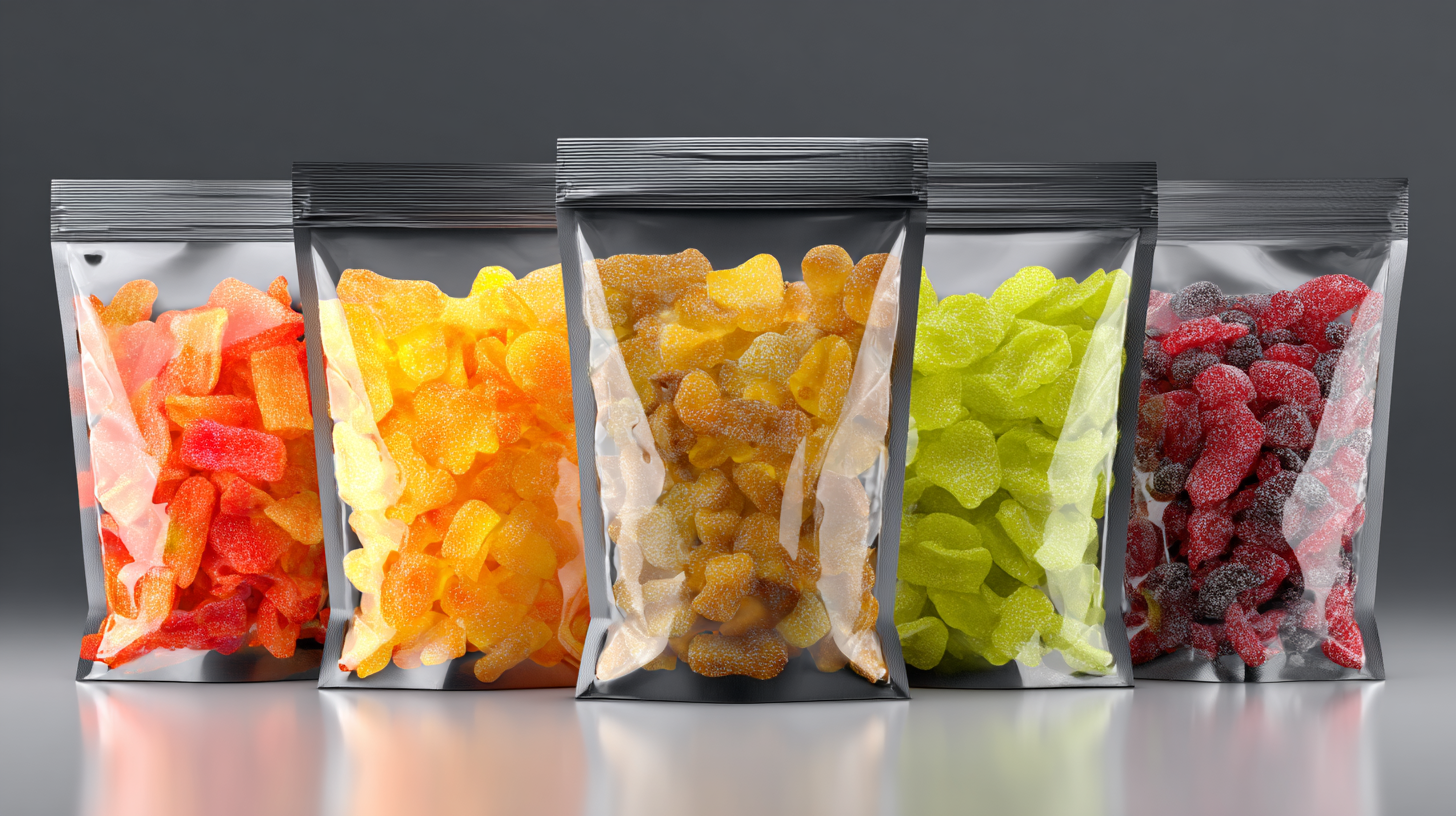
Understanding the Role of Oxygen Barrier Properties in Snack Packaging Bags
The preservation of snacks in puffed food packaging bags hinges significantly on the oxygen barrier properties of the materials used. Oxygen is a primary catalyst for spoilage in food products, leading to rancidity, flavor degradation, and loss of nutritional value. Packaging made with high-performance barrier materials can effectively inhibit oxygen transfer, thus extending the shelf life of snacks. The use of multilayer films, often combining materials like polyethylene and ethylene vinyl alcohol, enhances these barrier capabilities by providing a durable shield against oxygen permeation.
Additionally, the specific design of puffed food packaging plays a crucial role in maintaining the integrity of the snacks. The combination of vacuum sealing and nitrogen flushing not only removes excess oxygen from the packaging but also replaces it with an inert gas, further minimizing the risks associated with oxidation. This innovative approach ensures that the snacks retain their crispness and flavor, delivering a fresh experience without the need for preservatives. Understanding and optimizing these oxygen barrier properties in packaging can significantly transform the snack industry, enabling manufacturers to offer products that satisfy consumer demands for quality and freshness.
Unlocking Freshness: The Science Behind Puffed Food Packaging Bags
The Impact of Moisture Control on Snack Quality and Shelf Life
Moisture control is a critical factor in preserving the quality and extending the shelf life of puffed snacks. These snacks, often crispy and light, are designed to be enjoyed fresh, but exposure to moisture can quickly lead to staleness and loss of texture. Packaging technology has evolved to address this issue, utilizing moisture-barrier materials that restrict the entry of humidity into the bag. By maintaining a low moisture environment, these packages help keep snacks crunchy and flavorful for longer periods.
The science behind these packaging solutions involves a careful consideration of material properties and environmental factors. Innovative designs include multi-layered film structures that combine various polymers, each serving a unique purpose in moisture regulation. Moreover, some advanced bags include desiccant packets or active moisture scavengers that actively absorb humidity, providing an additional layer of protection. Understanding the dynamics of moisture absorption and the role of packaging in snack preservation can significantly enhance both consumer satisfaction and product longevity.
Analyzing the Effect of Packaging Material on Flavor Retention in Puffed Foods
In the realm of food preservation, the packaging material significantly affects the flavor retention of puffed foods. Research indicates that using advanced plastics such as polyethylene (PE) and polyvinyl chloride (PVC) can effectively minimize oxygen exposure, which is crucial for maintaining the freshness and taste of snacks. A study projected that the flexible packaging market for snacks will witness a growth rate of over 5% annually, driven by innovations in materials that enhance barrier properties against moisture and oxygen.
When considering snack packaging, it’s essential to choose materials that optimize flavor retention. Here are some tips:
- **Opt for Multi-layer Packaging**: Multi-layer structures can provide enhanced barrier properties, protecting snacks from light, moisture, and air.
- **Conduct Shelf-life Tests**: Regular testing of packaged products can help understand how different materials impact the flavor over time, ensuring the best choice for optimal freshness.
The industry is increasingly focusing on sustainable packaging solutions without compromising flavor, indicating a trend towards biodegradable materials that also fulfill the functional requirements of preserving food quality. As consumer preferences evolve, the packaging choices will continue to play a pivotal role in maintaining the integrity of puffed foods.
The Importance of Sealing Techniques for Preserving Snack Freshness
The importance of sealing techniques in preserving snack freshness cannot be overstated, particularly in a market projected to witness significant growth. For instance, the global plastic-based meat packaging market was valued at $9.9 billion in 2024 and is expected to reach $14.4 billion by 2034, reflecting a CAGR of 3.9%. This growth highlights the increasing demand for effective packaging solutions that maintain the quality and longevity of food products.
 Vacuum sealing, in particular, has emerged as a proven method to extend shelf life by removing air that can lead to spoilage and degradation.
Vacuum sealing, in particular, has emerged as a proven method to extend shelf life by removing air that can lead to spoilage and degradation.
Recent innovations in sealing technology, such as advanced heat sealing mechanisms, play a critical role in enhancing the efficacy of packaging. Industry reports indicate that vacuum packing machines are likely to grow at a CAGR of 5.1% between 2025 and 2034, driven by the rising consumer awareness about food preservation and waste reduction. Techniques such as using amyloid-like protein coatings are also gaining traction for their eco-friendliness and effectiveness in providing barriers against air and moisture, further emphasizing the necessity of superior sealing techniques in the quest for optimal snack preservation.
Innovations in Puffed Food Packaging: Reducing Waste and Enhancing Preservation
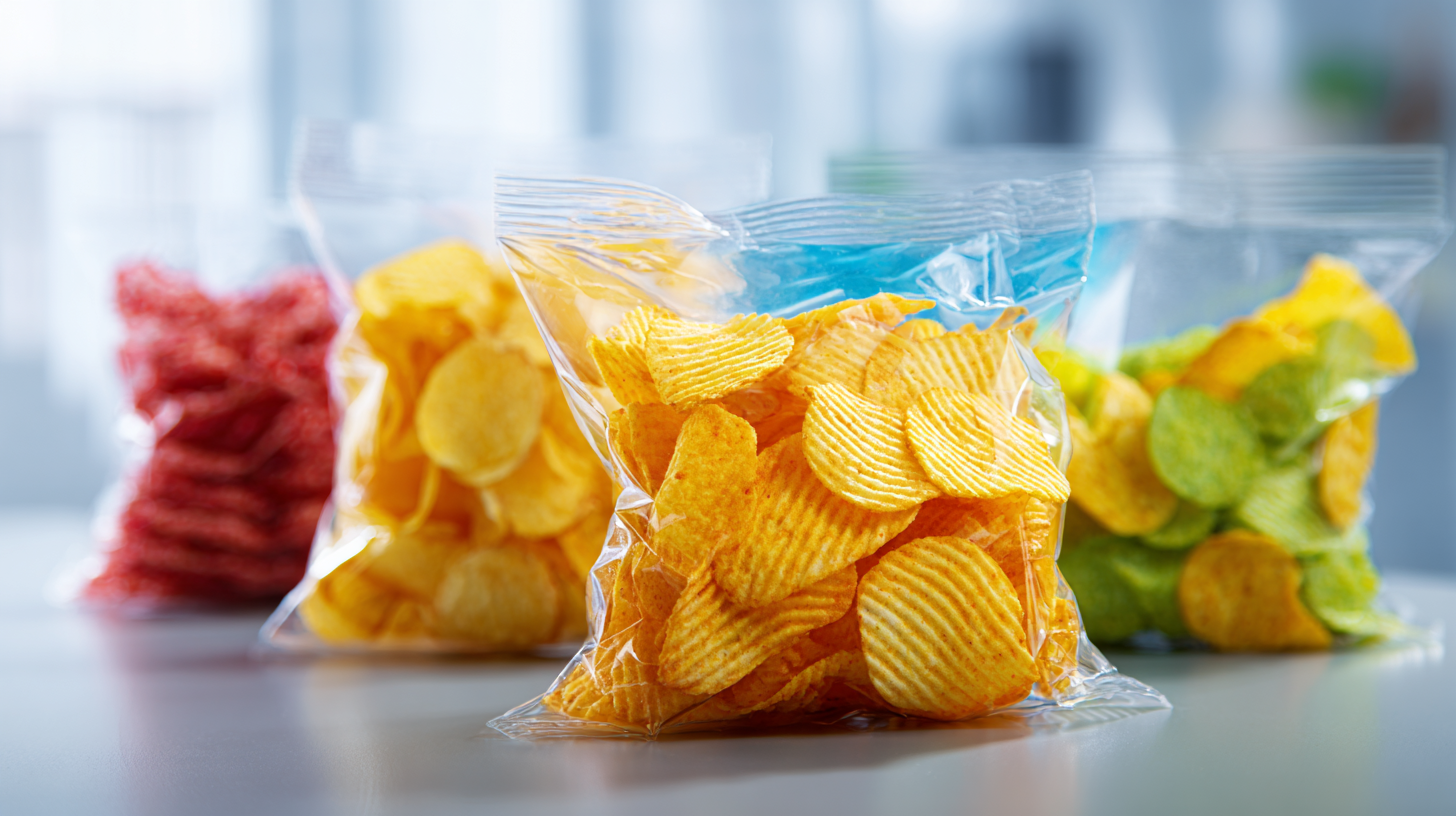 Innovations in puffed food packaging have become crucial in the quest to reduce waste and enhance preservation. According to a report by the Food and Agriculture Organization (FAO), around one-third of food produced globally is wasted, leading to significant economic losses and environmental concerns. Effective packaging solutions, such as vacuum-sealed puffed food bags, not only extend the shelf life of snacks but also minimize spoilage, which is essential for both retailers and consumers. Studies indicate that properly packaged puffed foods can maintain freshness for up to two years, showcasing the impact of advanced materials and technologies in the packaging landscape.
Innovations in puffed food packaging have become crucial in the quest to reduce waste and enhance preservation. According to a report by the Food and Agriculture Organization (FAO), around one-third of food produced globally is wasted, leading to significant economic losses and environmental concerns. Effective packaging solutions, such as vacuum-sealed puffed food bags, not only extend the shelf life of snacks but also minimize spoilage, which is essential for both retailers and consumers. Studies indicate that properly packaged puffed foods can maintain freshness for up to two years, showcasing the impact of advanced materials and technologies in the packaging landscape.
Research from the Packaging Machinery Manufacturers Institute (PMMI) highlights that the adoption of modified atmosphere packaging (MAP) can reduce oxygen levels inside the bags, slowing down oxidation and preserving flavor and texture. Additionally, innovative biodegradable materials are being developed to replace traditional plastics, addressing the critical issue of plastic waste. As consumers continue to prioritize sustainability, these advancements not only provide longer-lasting product freshness but also align with eco-friendly practices, ultimately leading to a better balance between convenience and environmental responsibility.
Related Posts
-

Chinese Manufacturing Elevates Global Standards Through Best Frozen Food Shipping Boxes
-
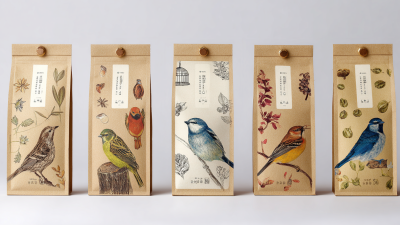
How to Choose the Best Bird Food Packaging to Maximize Freshness and Sales
-
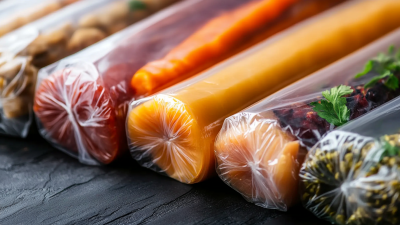
Revolutionize Your Business with Premium Food Packaging Roll Plastic Film Solutions
-
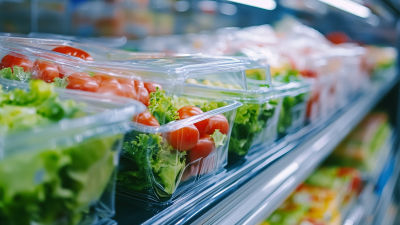
Future Innovations in Food Packaging Plastic Roll for 2025 with Essential Procurement Checklist
-

Ultimate Guide to Choosing the Right Pet Dry Food Packaging Bags for Your Business
-
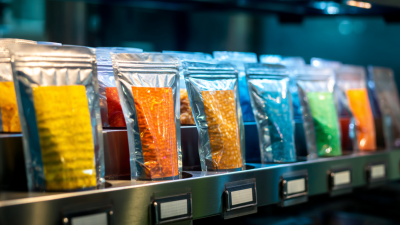
How to Choose the Best Retort Pouches for Food Packing to Enhance Shelf Life and Quality

 中国
中国